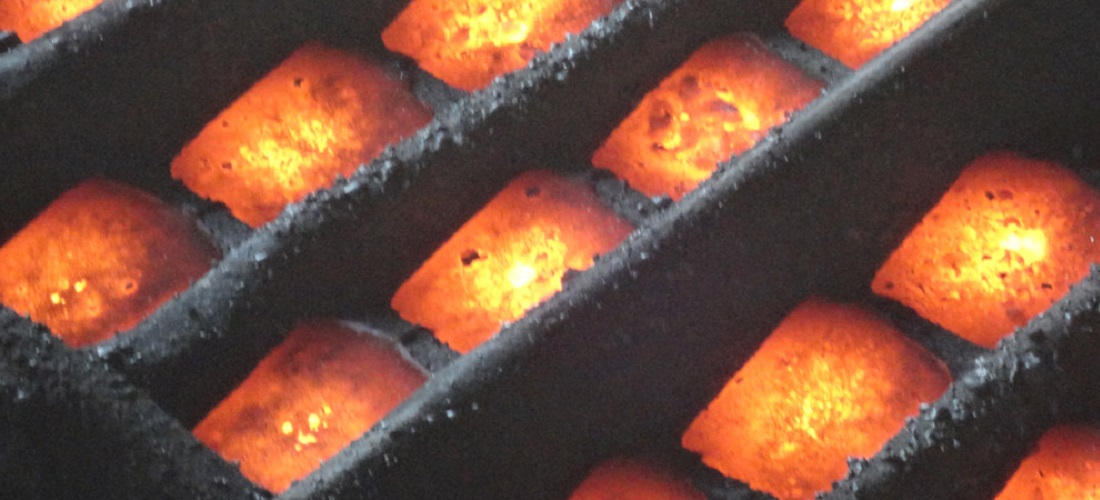
Pig iron sector expects a 7% increase in output volume
Jan, 10, 2022 Posted by Gabriel MalheirosWeek 202202
The pig iron sector in Brazil, especially in Minas Gerais, is expected to keep the growth rate of 2021 this year. According to the president of the Iron Industry Union of Minas Gerais (Sindfer-MG), Fausto Varela Cançado, the forecast wrought at the close of 202 indicates a 7% increase in production, reaching 4.15 million tons of pig iron in the year.
“We anticipate a 7% growth this year compared to 2021.” The forecast is positive, and this will be the fourth consecutive year of growth.”
According to him, pig iron production has maintained a growth trend in the previous five years, reversing the downturn that the sector experienced following the global economic crisis of 2008. “The peaks in 2020 and 2019 were 11 percent.
The overseas market drove this development in 2020, as demand in Brazil slowed and certain melt shop furnaces were shut down owing to the pandemic. “However, by 2021, almost all of them had resumed operations,” he said.
If exports drove output growth in 2020, by 2021, the volume of overseas sales had returned to historical levels. According to Cançado, the share of exports in pig iron production returned to normal last year, with 54% going to international markets and 46% staying domestically. “By 2020, this ratio would be 70% for international clients and 30% for domestic plants.” We hope to retain this normalcy in 2022,” Cançado stated.
According to the official, the United States has regained its position as the leading destination for goods exports in 2021. With all of its incentives for steel production, China was the principal consignee for the product last year, accounting for 63% of pig iron shipments.
“In exports, while there was a significant increase in 2020, mostly due to the entry of markets that were previously outside our trading portfolios, there was a gradual comeback of typical customers in 2021, notwithstanding a modest dip.” As a result, we’re optimistic about new growth.”
What can reduce the pace of production at the pig iron mills is the supply of raw material, in this case, high-quality iron ore. According to him, the supply of high-quality material in Minas Gerais is “very limited,” as the highest-content products are earmarked for export, primarily to China.
“Low iron content and high pollutant concentrations lead to a loss of productivity and, as a result, competitiveness.” “In addition to expanding slag production,” Cançado stated. He went on to explain that one of the causes for the reduction in productivity in the sector was the high price of the commodity, which in 2021 averaged US$ 160 per ton. “In order to compensate for this loss of competitiveness, we had to push readjustments.”
-
Grains
May, 31, 2021
0
FIESP: Peanut chain ripening and growing
-
Ports and Terminals
Mar, 20, 2024
0
Vila Velha Port Terminal invests R$42 mln in remotely operated gantry cranes
-
Meat
Jul, 12, 2019
0
BRF and Marfrig merger hits a dead end
-
Shipping
Dec, 23, 2024
0
Bill Proposes Changes to Brazil’s Cabotage Rules, Raising Concerns in the Private Sector



